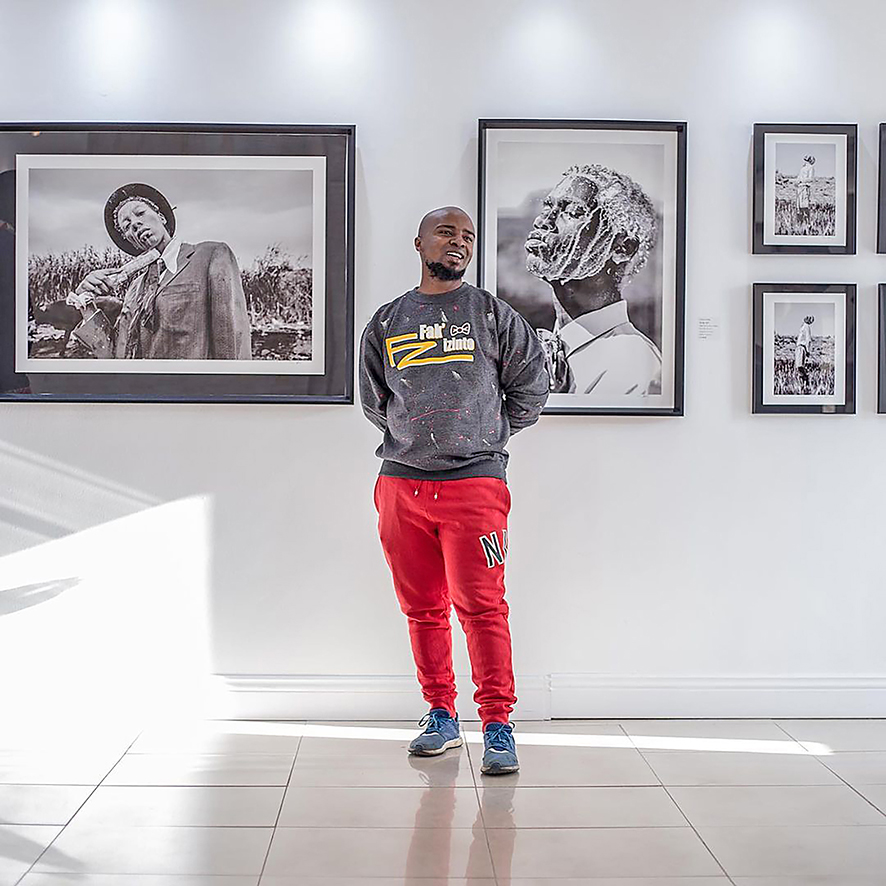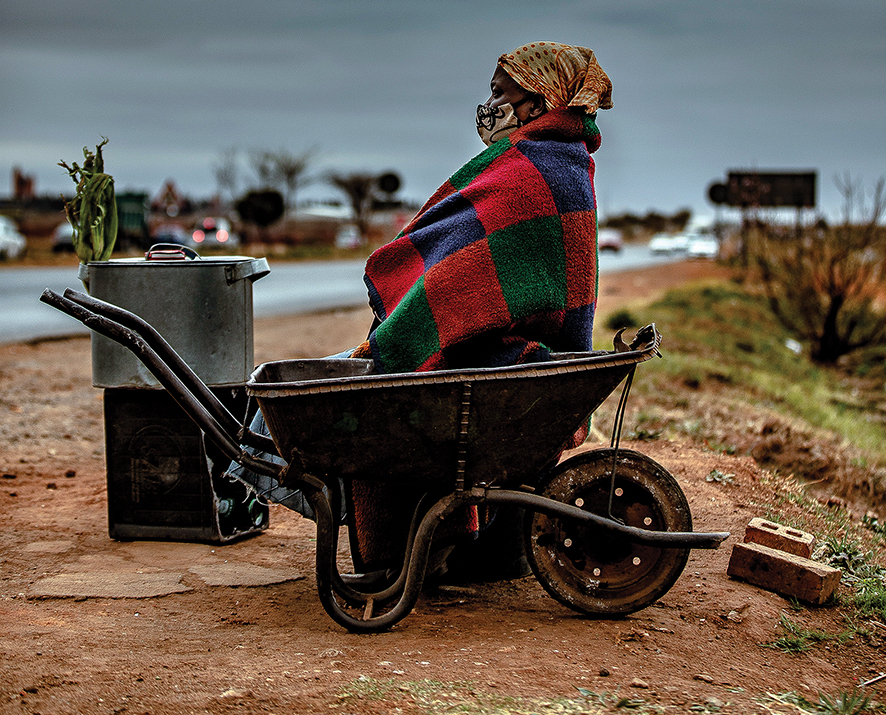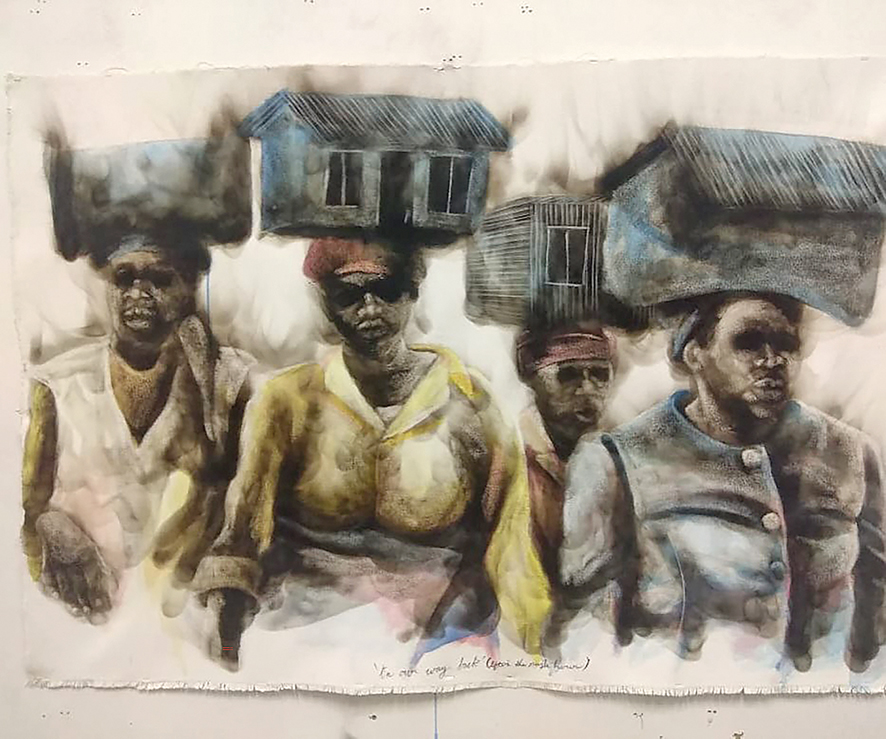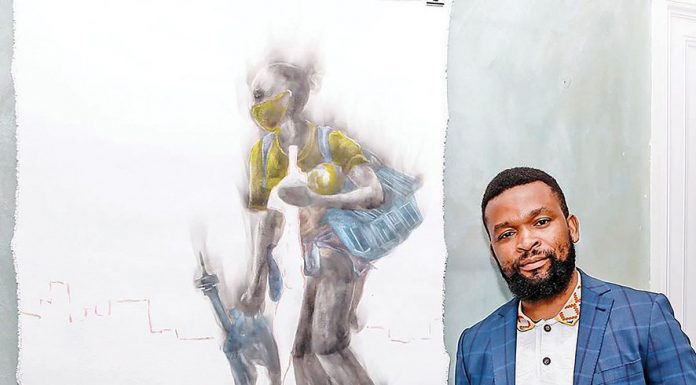The art space in South Africa has grown to advocate and raise awareness of human rights, particularly during and after the dark days of apartheid.
Photographer Tshepiso Seleke and smoke artist Azael Langa have individually ventured into projects that visually express human rights failings, especially in predominantly black communities.

Seleke, also known as The Dark Room Artist, started advocating human rights through his lens six years ago when he realised that there was no justice in exhibitions retelling township stories.
The artist who was born in Orlando East in Soweto has photographed the lack of human rights in townships, extending his art to the informal settlements of
Gomora, formally known as Alexandra.
“I was motivated by the township itself. The pictures were taken by white people and they don’t tell the stories as they really are. We know our stories better but we had no means of telling them, and immediately when I had the resources I just didn’t hesitate.
“I emotionally relate to the challenges we face in the hood. I know and understand what people who have no clean water, running toilets, food, and water go through. And it is not only that. People are facing crime, yet not getting any justice. There’s a lot happening and these stories are not properly told,” said Seleke.

Langa’s portraits focus on humans’ need for a home, saying people are still struggling to get land and a proper house they can call home.
Self-taught, smoke artist Langa said it was in looking back at what it was like growing up in a shack in Daveyton, Ekurhuleni, and later moving to a four-roomed RDP house, that he found the motivation to tell the stories of life in black communities.
He explained it was easy to say people have the right to shelter but not mention the land where this shelter should be built. He believes this is the reason the masses are still building in informal settlements.
“I knew the stories needed to be told by someone who has lived them but I have learnt to portray what is left of a place called home, and avoid showing things that I cannot change. Now I am fighting for people to at least have a spiritual home,” he said.
He said his art’s “sense of belonging” was triggered by the loss of his brother in 2018, and has used the paintings of spirits carrying homes to grieve and mourn for his brother. The personal project was later presented to the public.
Langa explained the houses were always blue because it is a spiritual colour. “My subjects in portraits usually carry blue homes because a sense of belonging should start in your heart. This is South Africa. You might own that piece of land with a house on it, but when you leave those square metres it is hard to claim you belong because the land you just stepped on belongs to somebody else. When human rights meet art we empower people to fight harder and trigger those with the heart to help our people meet their rights. I am not planning to separate the two,” he said.

Follow @SundayWorldZA on Twitter and @sundayworldza on Instagram, or like our Facebook Page, Sunday World, by clicking here for the latest breaking news in South Africa. To Subscribe to Sunday World, click here.



